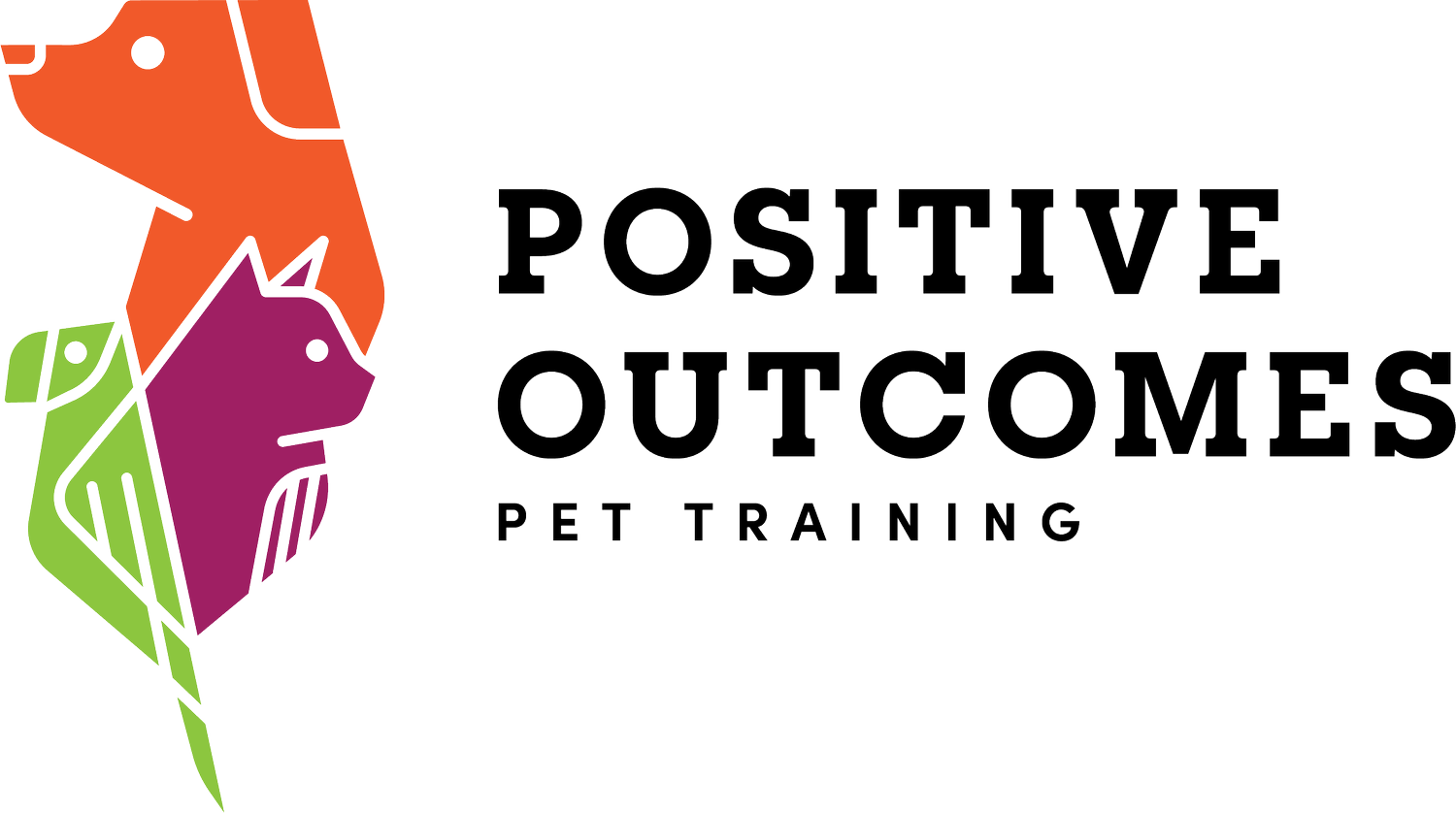
Frequently asked questions.
What training techniques do you use?
I use positive reinforcement to train, to put it simply, this means that I teach the animal what behaviors I want to see more of by reinforcing them with a treat when the behaviors occur. Then when the animal is consistently offering me the behavior, I can put it on cue.
I am a clicker trainer, this means I use the sound of a clicker to mark the exact moment the behavior I’m looking for happens, this communicates to the animal which behavior they are being reinforced for. The animal learns that one click is always followed by a treat.
Can I make sure you are the right trainer for me before scheduling a session?
Absolutely! I understand how important it is to make sure that the person you are hiring to work with you and your beloved family member is a good fit for your needs before putting any money down. You can schedule a free 10-15 minute phone or video consultation to ask questions and gain more information about how the training process will work.
What is your service range?
I am located in the California East Bay and offer in person services to the communities near El Cerrito, San Pablo, Richmond, Pinole, El Sobrante, and Hercules.
Why don’t you use punishment in your training?
Although punishment can reduce undesirable behaviors, it comes with a price. Using aversive techniques can increase generalized anxiety, increase aggression, damage your animal’s trust in you, poison cues, and result in a well documented phenomenon known as “learned helplessness.”
Additionally, when an animal is being punished, they are not learning what TO do. For example, if a puppy is punished when it goes to the bathroom inside the house, it may learn that it should not go in front of you. The puppy may begin sneaking out of site to relieve itself in other rooms, then when you do take it outside to potty, it may not want to go in front of you, making it difficult to reinforce the correct behavior.
Rest assured that punishment is not necessary to stop unwanted behaviors, instead we can change how our animals behave by teaching them what we want them to do instead!
What do your certifications mean?
I am a Karen Pryor Academy Certified Training Partner (KPA CTP) and a Certified Professional Animal Trainer-Knowledge Assessed (CPAT- KA) . Having these certifications is evidence that I have demonstrated mastery of humane, science-based training practices through completing extensive hands on animal training, written assignments, and passing rigorous assessments and testing. Additionally, in order to keep my certification statuses I must show proof of continued education through out the years.
Are all animal trainers certified?
No, unfortunately the dog and animal training profession is completely unregulated in the United States. Anyone can call themselves an animal trainer or behaviorist without meeting any minimum qualifying requirements. Sadly, this often results in well meaning pet parents being misinformed and taught training techniques that are are not supported by science and are often detrimental to their animal’s welfare. Look for certified trainers in your area and watch out for trainers that use red flag terms like “balanced training,” “corrections,” “pack leader,” “alpha,” and “dominance.”
